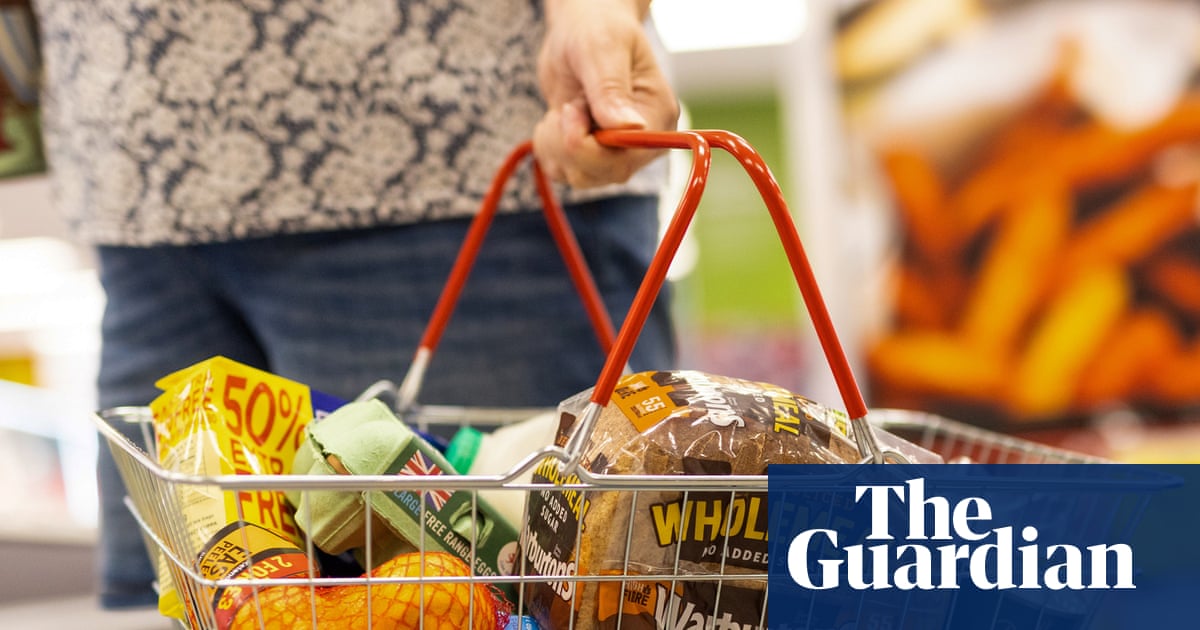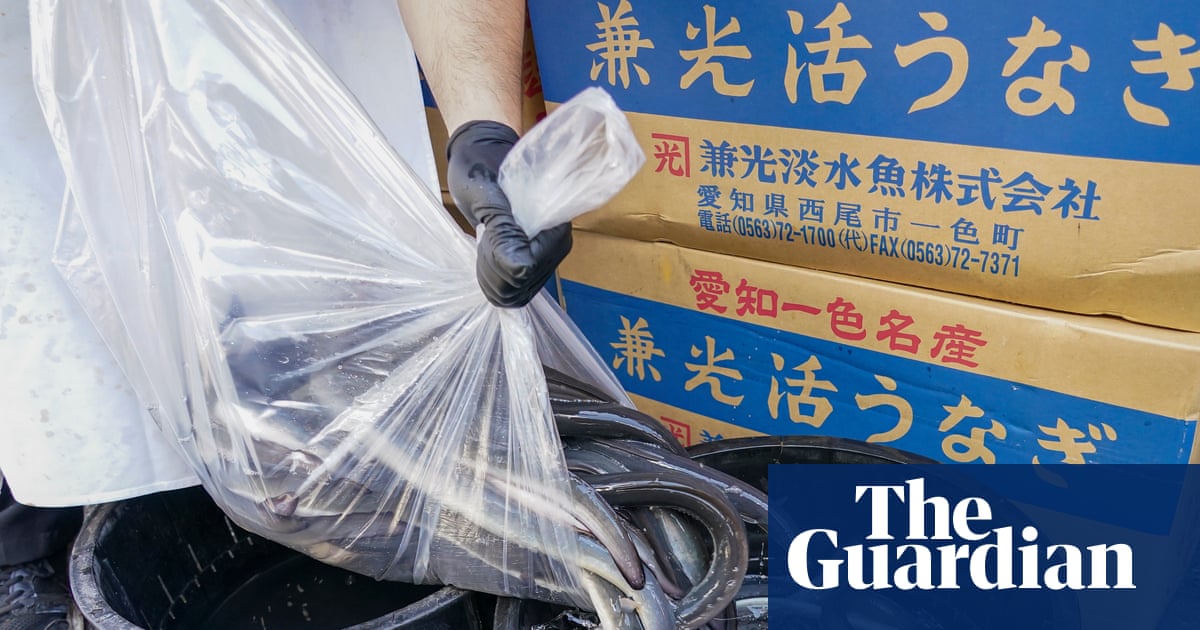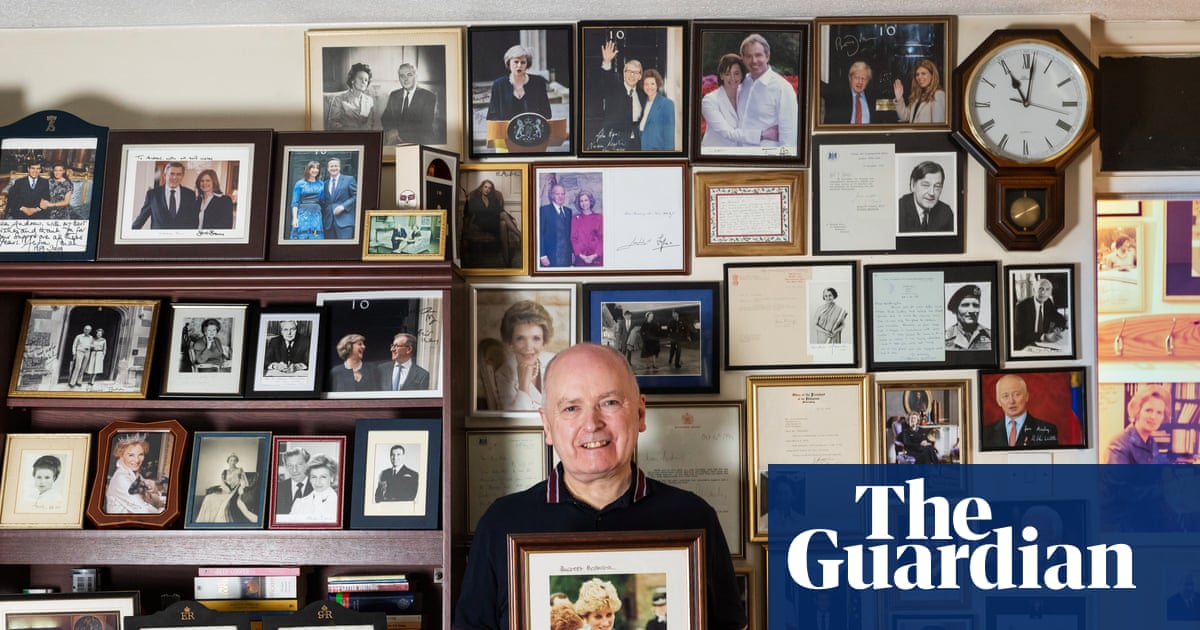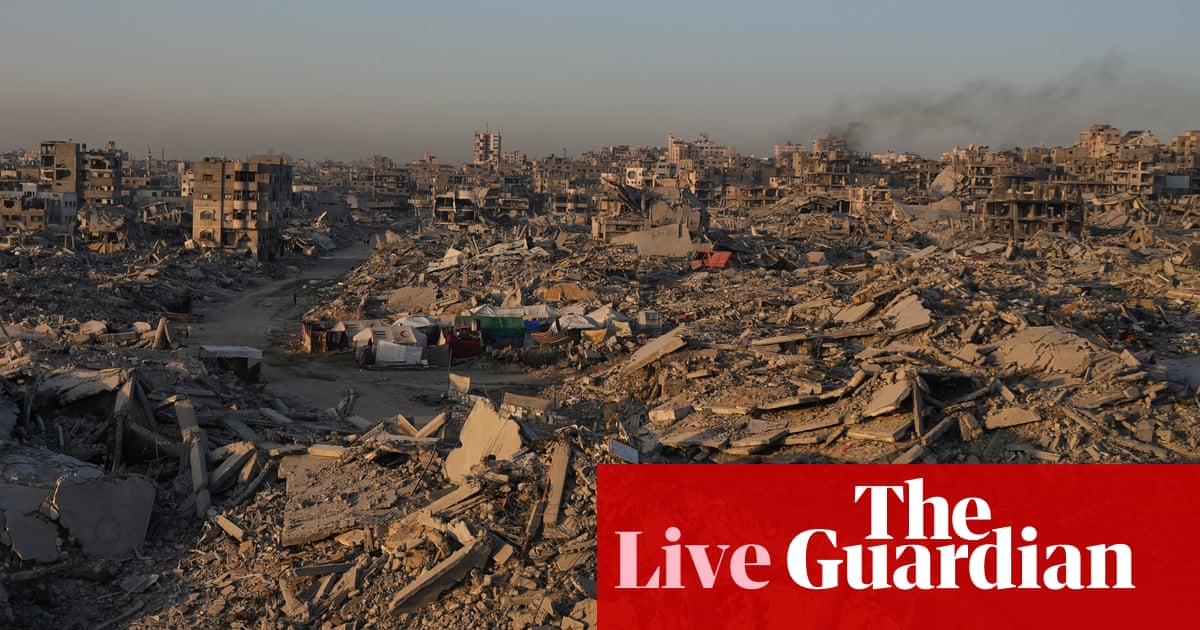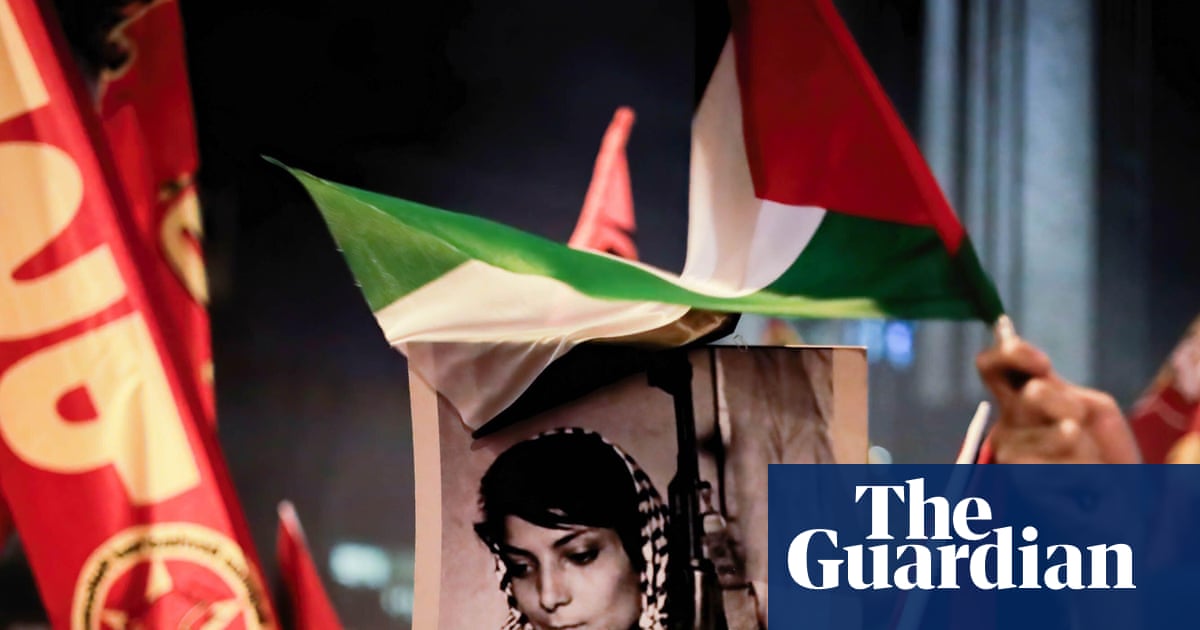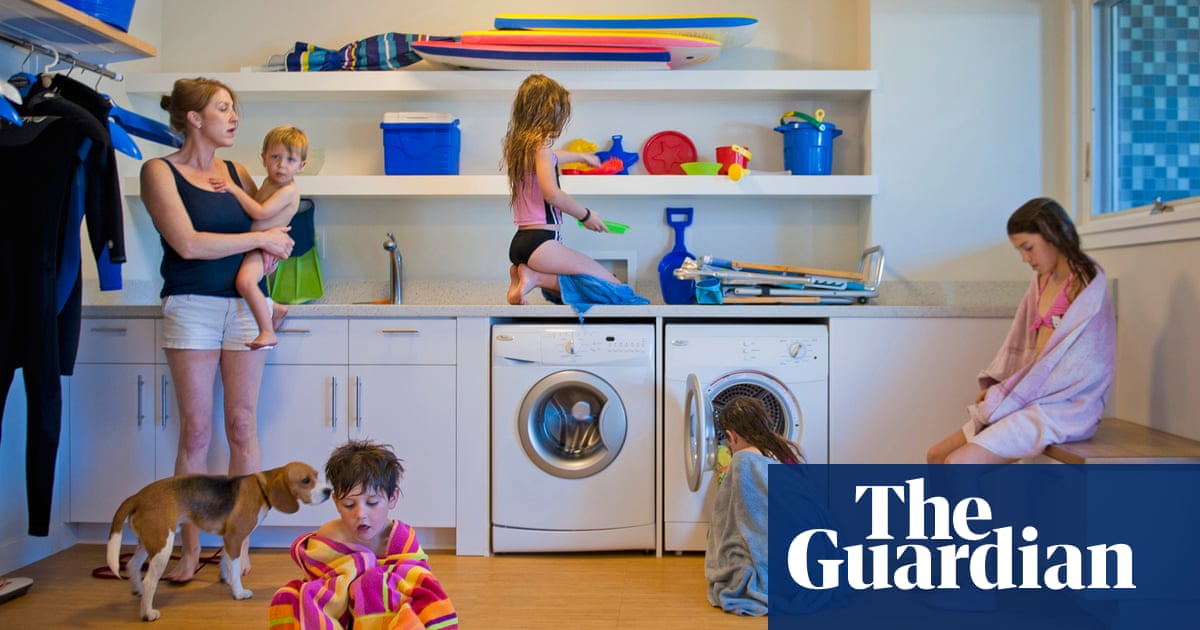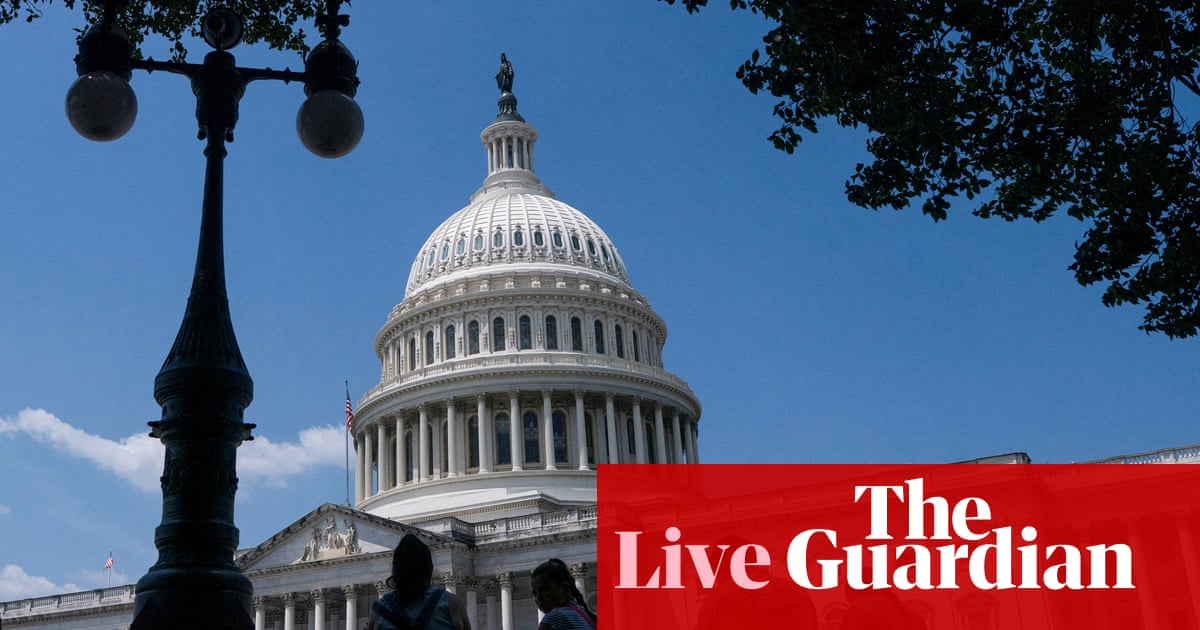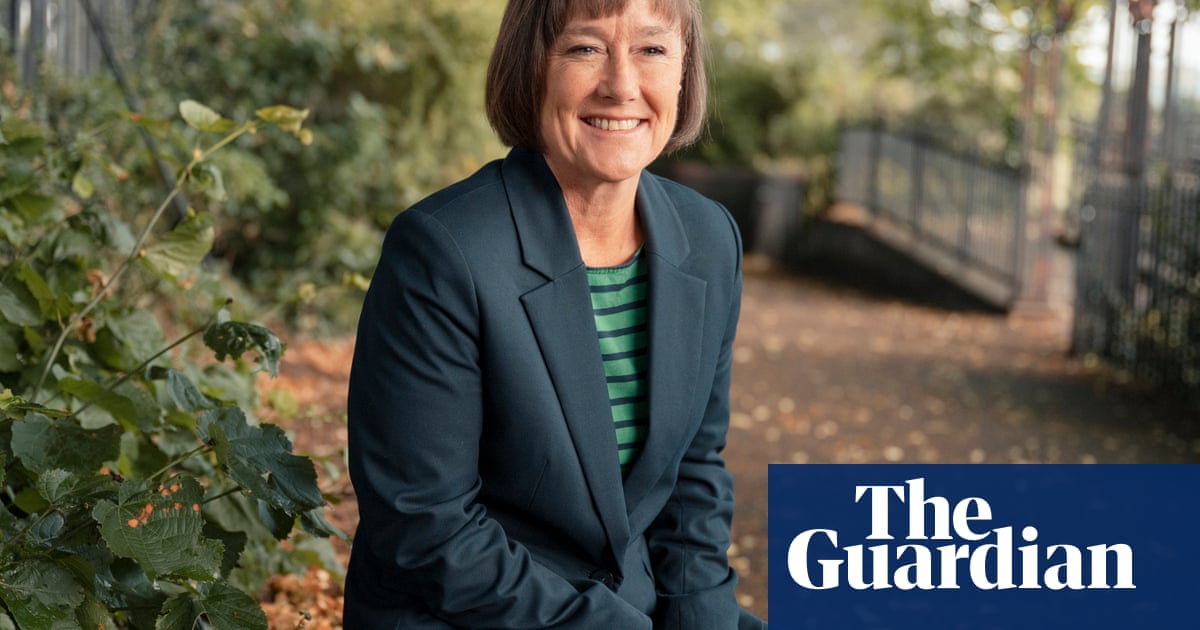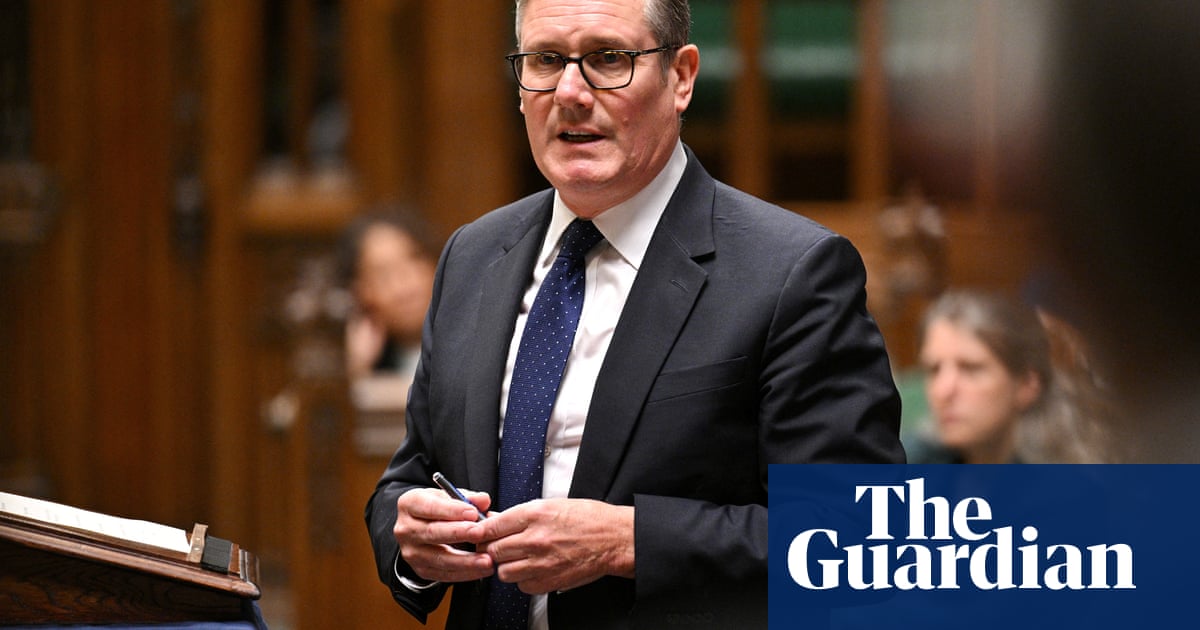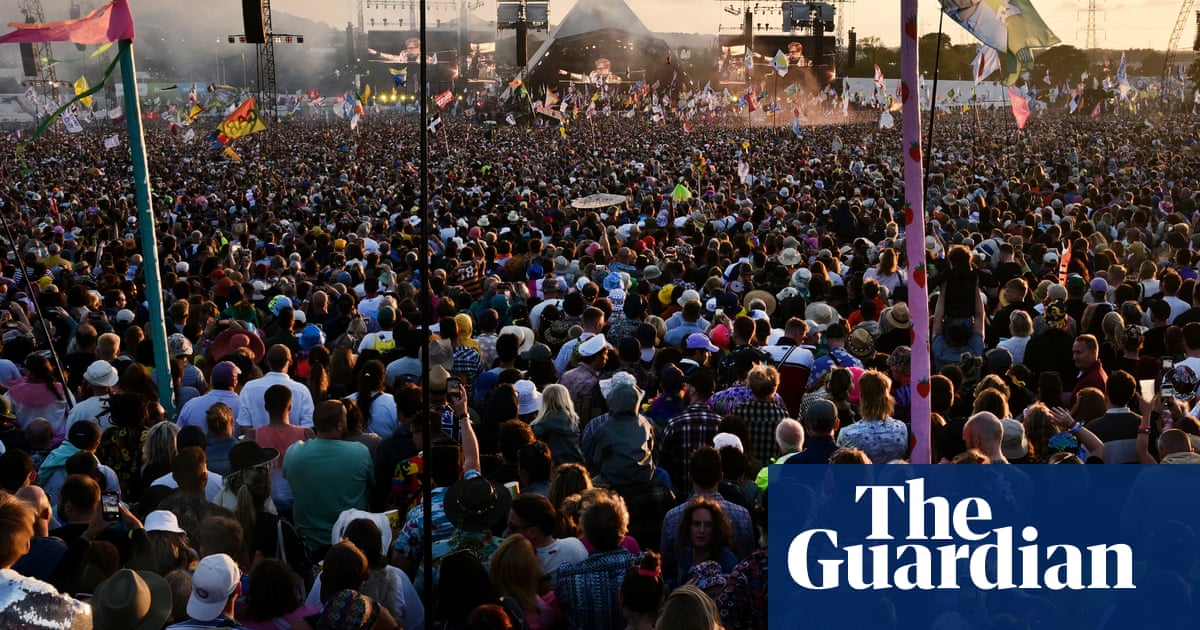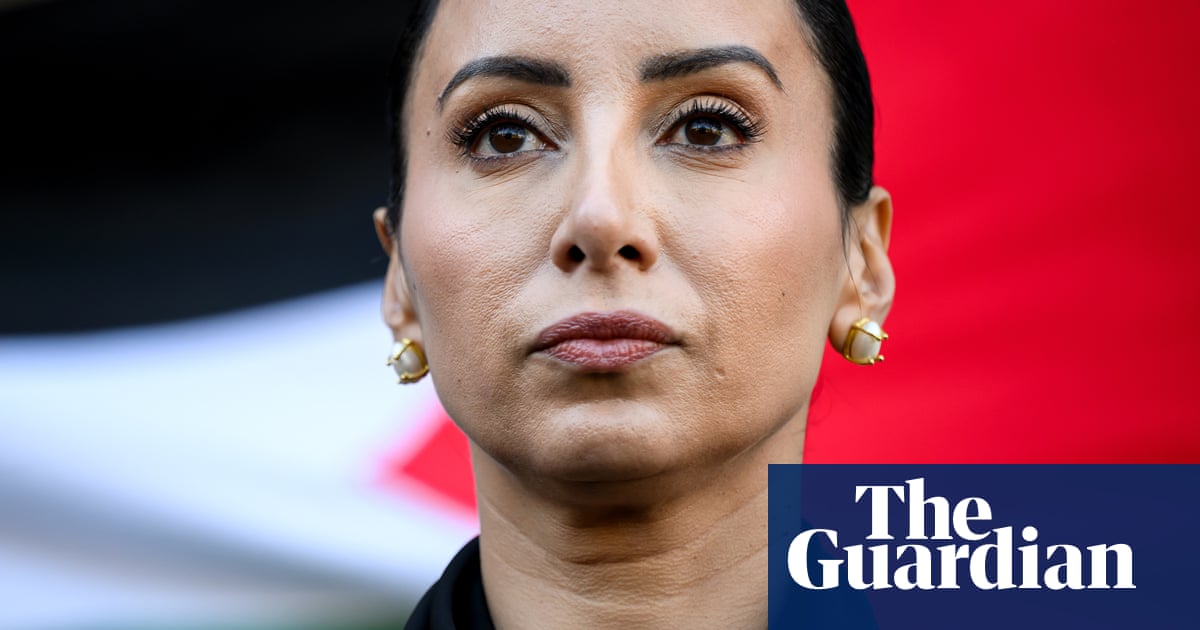Thailand is setting a global precedent this month by giving refugees permission to work in the country in an effort to tackle aid cuts and its own labour shortages.
More than 87,000 refugees living in nine refugee camps along Thailand’s border with Myanmar have been totally reliant on handouts of food and foreign aid.
Many of them have not left the camps of makeshift shelters in the four decades since, as ethnic minorities in Myanmar, they were driven out by a violent military regime.
But now shrinking foreign aid budgets, especially from the US, which had supported the refugee camps, and a border dispute with Cambodia, has pushed Thailand to reconsider its approach.
Tammi Sharpe, representative in Thailand of the UN refugee agency, the UNHCR, called the decision “a turning point”.
“I can’t underscore enough how excited we are about this,” she said. “Refugees will now be able to support themselves and their families, stimulate local economies through increased consumption, and promote job creation, contributing to national GDP growth and economic resilience.”
The policy was welcomed by the camps’ residents. “In the beginning, refugee people cannot go outside the camp. Now, they [allow] refugees to work outside. This is very, very good,” said Bway Say, a Burmese refugee and general secretary of the Karen Refugee Committee, representing those from the Burmese ethnic minority living in the camps along the Thai-Myanmar border.
“Refugees need to stand on their own [feet] because in the camp there is not enough for all … There is only enough for the most vulnerable people. For [most] people, they have nothing.
“The Thai government allowing refugees to work is very good for [us]. We are very happy [we] can walk outside [the camps] in Thailand.”
“Right now, however, all of the information isn’t clear and individuals are worried about their lack of Thai language or whether they’ll have the skills for the available positions,” said Bway Say. “They worry about many things: if they have [a] problem, how to solve the problem.”
The change of policy is something the UN, and the International Rescue Committee (IRC) and other aid agencies, have long been seeking. However, the Thai government had resisted such a move for fear of public opposition and attracting more migrants while Myanmar remains locked in a civil war that continues to displace people.
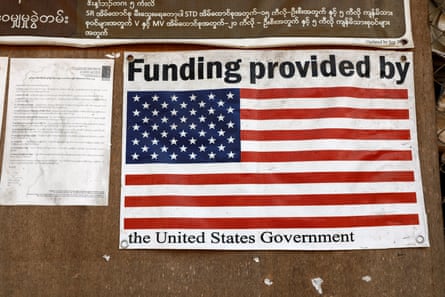
The US was one of the largest donors to the nine camps, said Léon de Riedmatten, executive director of the Border Consortium (TBC), which is the biggest supplier of food to the residents. After the Trump administration axed much of its overseas aid budget this year, TBC has been able to support only the most vulnerable in the camps, while the IRC has had to close its health facilities. It left people worried about what would happen to them.
De Riedmatten said: “The Thai authorities understood that there was no other government willing to replace the Americans supporting food and cooking fuel in the camps. They also didn’t have the means by themselves to replace the Americans.”
But in a resolution passed in August, and which comes into effect this month, Thailand’s labour ministry stated that special permission to work would be granted to eligible camp residents “to avoid burdening the Thai government alone and support the country’s economic growth, address labour shortages and promote human rights”.
The country’s workforce has been depleted partly by an ageing population but also by the exodus of 520,000 Cambodians in July after a decades-long border dispute between Thailand and Cambodia boiled over into a military conflict. Cambodians had made up 12% of the Thai workforce, typically employed in agriculture, fisheries, manufacturing and construction.
Calling the decision “long overdue”, Roisai Wongsuban, a consultant with the Migrant Working Group, a coalition of Thai rights and welfare organisations, said these combined “waves of pressure” had now positioned Thailand as a leader in managing displaced populations.
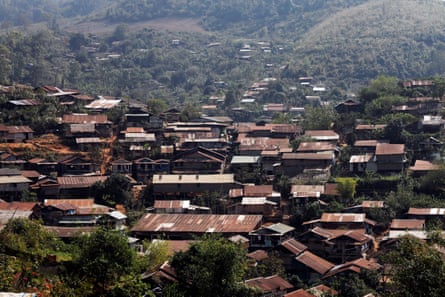
She said that while the public may have considered the refugees a burden before, they had a “more positive reaction” now.
Refugees looking for a job must apply for a work permit and undergo health screening. Prospective employers will be evaluated by the camps’ officials.
Many positions were expected to be based on farms or in factories, with employers already visiting the camps, said Sharpe. Government ministries are conducting health screenings and hosting job fairs at the camps.
Some refugees were keen to apply, she said, but others were more apprehensive. An estimated 42,600 refugees from Myanmar are thought to be eligible.
For many, this will be their first time leaving the camp and family as well as their first job, and few speak Thai, so the prospect could be quite daunting.
Akekasit Subannapong, advocacy coordinator for the Committee for Coordination of Services to Displaced Persons in Thailand, said: “Camp residents will need support to integrate into Thai society, to know how the norms, the laws and how society works.”
Workers will receive identification documents and access to banking so they can send money to their families back in the camp. “We met the ministry of labour last week and they were new to working with the refugees, and there were some issues that were unforeseeable from their end,” said Wongsuban. These would be worked out “in real time”, Sharpe said.
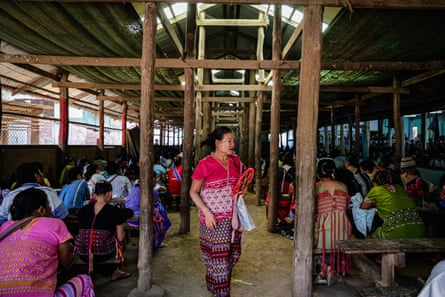
De Riedmatten, anticipating teething problems, said there would probably be difficulties and surprises as the new initiative unfolded, but that as long as the authorities, welfare organisations and refugees worked closely together “it can be a success”.
Sharpe said the initiative’s outcome could set a precedent in the region as a sustainable solution for refugee populations.
With that in mind, she said, the UNHCR was working with the World Bank to collate economic data on the impact of refugees’ integration into the workforce. The aid agencies hope that permission to work might then be opened up to refugees outside the camps. More than 5,000 refugees are estimated to be living in Thai cities.
“We’re really hoping,” said Sharpe, “that we move from a situation of aid dependency for decades into self-reliance.”

.png) 7 hours ago
7
7 hours ago
7


